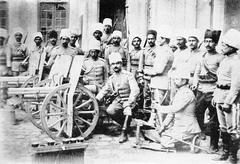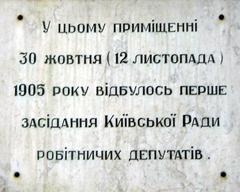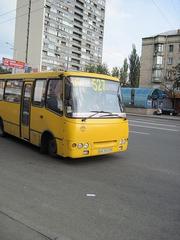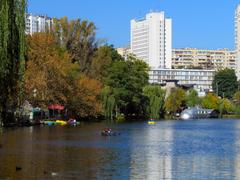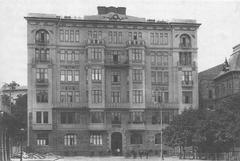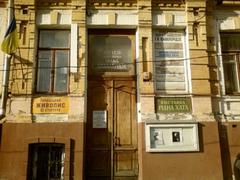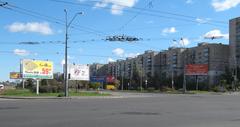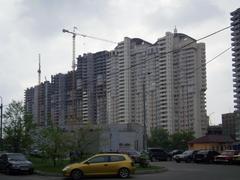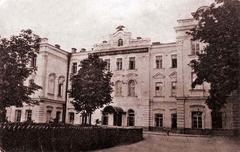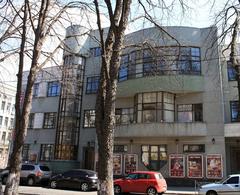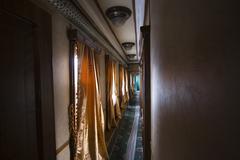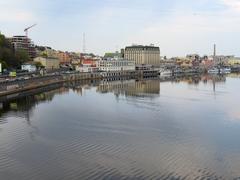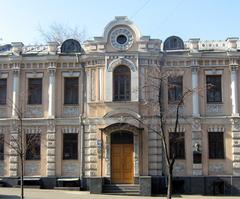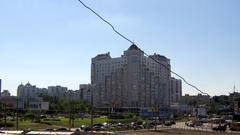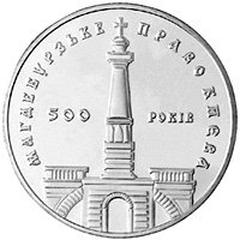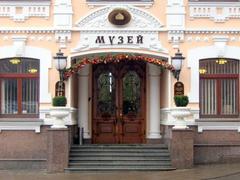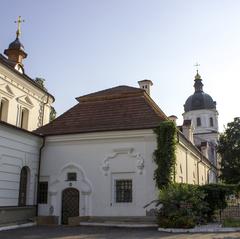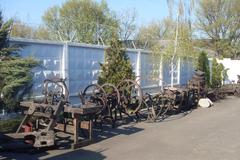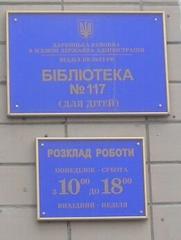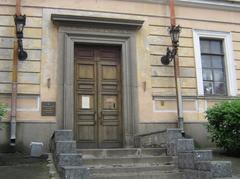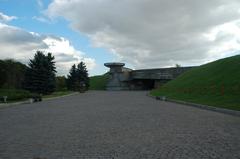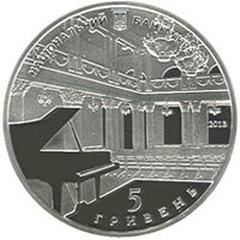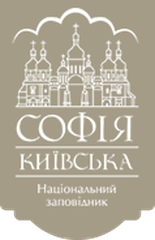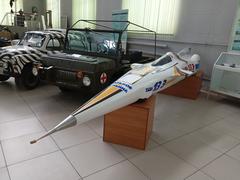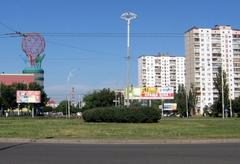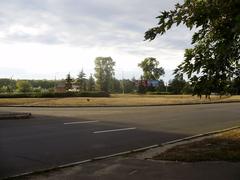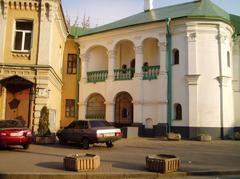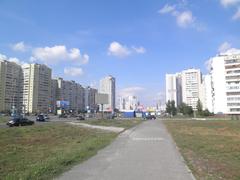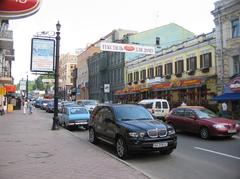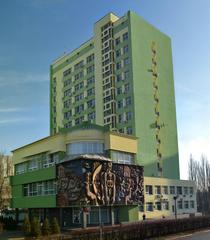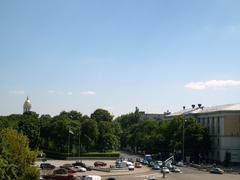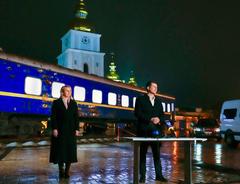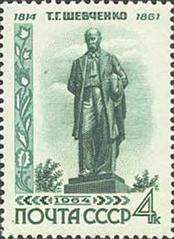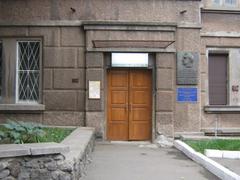
Museum of Hetmanship Kyiv: Visiting Hours, Tickets, and Historical Significance
Date: 14/06/2025
Introduction
Located in Kyiv’s atmospheric Podil district, the Museum of Hetmanship stands as a testament to Ukraine’s rich Cossack heritage and the enduring legacy of the Hetmanate—a semi-autonomous Cossack state that shaped Ukrainian political, military, and cultural identity from the 17th century through the early 20th century. Housed in a historic 17th-century building at 16b Spaska Street, this museum offers visitors an immersive experience, featuring over 8,000 artifacts such as archival documents, regalia, portraits, and personal memorabilia from influential hetmans like Bohdan Khmelnytsky, Ivan Mazepa, and Pavlo Skoropadsky. Through thoughtfully curated permanent and temporary exhibitions, guided tours, and special events, the museum not only preserves the legacy of the Hetmanate but also highlights its ongoing relevance to Ukrainian statehood and cultural resilience (Atasov Film Travel, museum-portal.com, Wanderlog, Kyiv City Guide).
Table of Contents
- Introduction
- Historical Context and Significance
- Museum Collections and Exhibitions
- Visitor Information
- Preservation of Cultural and Architectural Heritage
- Visual and Interactive Features
- Frequently Asked Questions (FAQ)
- Tips for a Memorable Visit
- Conclusion and Call to Action
Historical Context and Significance
Origins and Evolution of the Hetmanate
The Hetmanate emerged after Bohdan Khmelnytsky’s uprising (1648–1657), marking the beginning of Ukrainian self-governance with its own administrative, military, and legal systems. The Hetmanate was recognized by neighboring states, including the Polish-Lithuanian Commonwealth and the Tsardom of Russia, and played a pivotal role in shaping Ukraine’s political landscape. The hetman, the elected leader, wielded significant executive, military, and diplomatic authority until the late 18th century when the Russian Empire abolished the Hetmanate to curb Ukrainian autonomy (Atasov Film Travel).
The Skoropadsky Family and the Revival of Hetmanship
A highlight of the museum’s narrative is the story of Pavlo Skoropadsky and his family. After the Russian Revolution, Skoropadsky attempted to revive the Hetmanate in 1918, briefly establishing a Ukrainian state. His rule, though short-lived, left a significant mark on Ukraine’s state-building and cultural development. The museum showcases rare documents, photographs, and personal artifacts from the Skoropadsky family, many of which were donated by Olena Ott-Skoropadska (Day Kyiv).
The Hetmanate as a Symbol of Ukrainian Identity
The Hetmanate continues to serve as a powerful symbol in Ukrainian collective memory and contemporary governance. Traditions such as the ceremonial Hetman’s mace, used in presidential inaugurations, underscore the ongoing resonance of Hetmanate ideals in Ukraine’s pursuit of sovereignty, justice, and visionary leadership (Atasov Film Travel).
Museum Collections and Exhibitions
Permanent Collections
Historical Artifacts and Documents
The museum’s vast collection includes declassified archival materials, official decrees, military orders, and diplomatic correspondence from the Hetmanate era. Notable are the documents from Hetman Pavlo Skoropadsky’s administration, transferred from the Foreign Intelligence Service of Ukraine, providing unique insights into the political workings of the early 20th-century Hetmanate (museum-portal.com).
Art Collections
The art collection features paintings, graphics, and sculptures depicting key figures and events from the Hetmanate era. Portraits of hetmans such as Khmelnytsky, Mazepa, Orlyk, and Skoropadsky are complemented by allegorical sculptures symbolizing Ukrainian statehood (museum-portal.com).
Library and Archival Resources
The museum’s library houses over 3,000 volumes focused on Ukrainian history, Cossack traditions, and the Hetmanate, making it a valuable resource for researchers and enthusiasts alike (museum-portal.com).
Thematic Exhibitions
Formation of the Cossack State
Central to the museum’s permanent exhibition is the formation and development of the Ukrainian Cossack state. Artifacts from Khmelnytsky’s uprising, including military equipment, maps, and correspondence, illustrate the origins and growth of the Hetmanate (museum-portal.com).
The Hetmanate in the 20th Century
This section highlights the brief revival of the Hetmanate by Pavlo Skoropadsky in 1918, featuring personal effects, official documents, and photographs from his administration. The museum also presents a facsimile of Pylyp Orlyk’s 1710 Constitution, recognized as one of Europe’s earliest democratic constitutions.
Family and Personal Histories
Exhibits on family life include memorabilia, clothing, and photographs from the Skoropadsky family, offering personal perspectives on the Hetmanate’s legacy. The museum’s location in “Mazepa’s House” further enhances its historical authenticity (guide.kyivcity.gov.ua).
Temporary and Special Exhibitions
Contemporary Art and Cultural Projects
The museum regularly hosts temporary exhibitions that connect historical themes with modern Ukrainian culture. Notable recent displays include the “Doll Miracle” exhibition, featuring author dolls, paintings, miniatures, and sculptures by leading Ukrainian artists (guide.kyivcity.gov.ua).
Educational and Interactive Displays
Interactive displays, hands-on activities, and guided tours in Ukrainian and English make the museum accessible to diverse audiences. Virtual tours are also available through the “Museum Portal” project, enabling remote exploration of the collections (museum-portal.com).
Visitor Information
Visiting Hours
- Tuesday–Sunday: 10:00 AM – 6:00 PM
- Closed: Mondays and major Ukrainian holidays
- Check the official museum website for updates.
Tickets and Admission Fees
- Standard Admission: 30–80 UAH (varies by source and exhibition)
- Students, Pupils, Pensioners: 15–30 UAH
- Children under 6/7: Free
- Guided Tours: 100 UAH (individual), 150 UAH (group)
- Free Entry: Last Friday of each month (kyiv1.com)
Accessibility
- The first floor is fully wheelchair accessible; upper floors are accessible by stairs only.
- Contact the museum in advance for personalized assistance.
Location and Nearby Attractions
- Address: 16b Spaska Street, Podil district, Kyiv
- Nearby: Chornobyl Museum, Pharmacy Museum, Museum of One Street, Kyiv River Port, St. Andrew’s Church (Wanderlog, guide.kyivcity.gov.ua, lonelyplanet.com)
Facilities and Safety
- Restrooms and cloakroom on-site
- Gift shop with Ukrainian history-themed souvenirs
- Non-flash photography allowed (ask staff for restrictions)
- Kyiv Metro and Museum staff are prepared for emergency situations (Reddit)
Preservation of Cultural and Architectural Heritage
The museum also highlights the preservation of significant cultural landmarks, such as the Hamaliivsky Monastery, a Skoropadsky family vault and symbol of national resilience. Restoration efforts continue to honor these connections between religious, architectural, and national memory (Atasov Film Travel).
Visual and Interactive Features
High-quality exhibits, portraits, rare documents, and photographs create an immersive environment. Select rooms include multimedia presentations and interactive maps, while the museum’s website and partner platforms occasionally feature virtual content. The historic interiors and portrait galleries offer excellent photographic opportunities.
Frequently Asked Questions (FAQ)
Q: What are the Museum of Hetmanship’s opening hours?
A: Tuesday to Sunday, 10:00 AM – 6:00 PM; closed on Mondays.
Q: How much are tickets?
A: Standard admission ranges from 30–80 UAH, with discounts for students, seniors, and free entry for children under 6/7. Free admission is offered on the last Friday of each month.
Q: Are guided tours available in English?
A: Yes, guided tours are offered in Ukrainian and English.
Q: Is the museum wheelchair accessible?
A: The first floor is accessible; upper floors require stairs.
Q: Can I take photos inside?
A: Non-flash photography is generally allowed; confirm with staff for specific exhibits.
Q: Are there special events or free admission days?
A: Yes, the museum offers special programming and free entry on International Museum Day (May 18) and the last Friday of each month (Ukraine Front Lines).
Tips for a Memorable Visit
- Plan ahead: Verify visiting hours and ticket prices via the official website.
- Combine attractions: Explore other Podil district sites for a comprehensive cultural experience.
- Prepare linguistically: Most signage is in Ukrainian; guided tours or translation apps are helpful.
- Respect preservation guidelines: Do not touch artifacts and follow staff instructions.
- Learn background: Briefly research key hetmans for context before your visit.
Conclusion and Call to Action
The Museum of Hetmanship offers an unparalleled window into Ukraine’s Cossack past and the ongoing significance of the Hetmanate in shaping national identity. Its extensive collections, dynamic exhibitions, and educational initiatives make it an essential stop for anyone interested in Kyiv’s history and Ukraine’s path to sovereignty. For enhanced experiences, join a guided tour, attend an event, and follow the museum and related platforms for the latest updates. To further explore Kyiv’s cultural heritage, download the Audiala app and connect with us on social media.
References
- This is a sample text. (Atasov Film Travel)
- This is a sample text. (museum-portal.com)
- This is a sample text. (Wanderlog)
- This is a sample text. (Kyiv City Guide)
- This is a sample text. (Day Kyiv)
- This is a sample text. (Ukraine Front Lines)
- This is a sample text. (In Your Pocket)
- This is a sample text. (Reddit)
- This is a sample text. (Cambridge Nationalities Papers)
- This is a sample text. (lonelyplanet.com)

